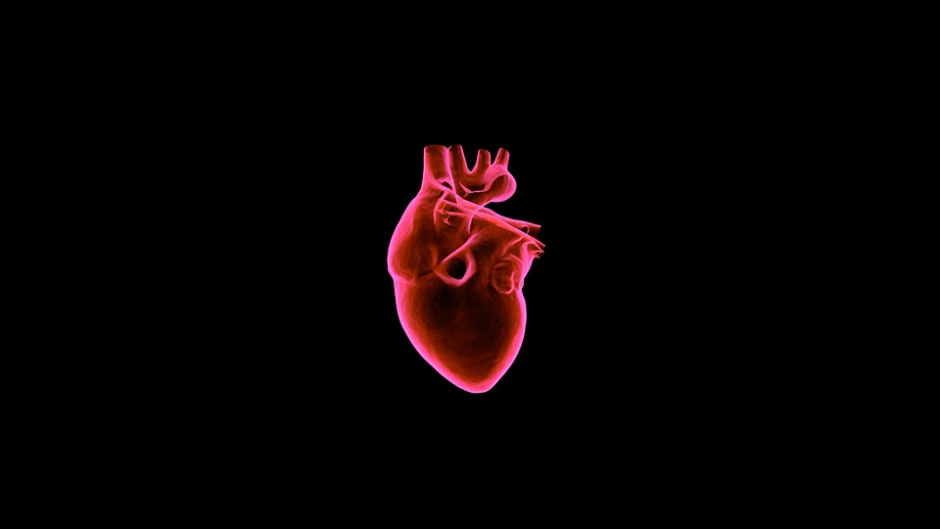
Prof Marco Amabili, from McGill University's Department of Mechanical Engineering and colleagues used their experimental design to establish how Dacron grafts, used as vascular prostheses to replace faulty aortas, compared to real ones. They found that the polyester grafts are rigid and don't expand when the heart pushes blood through them. Their results are published in Physical Review X.
Project aims for digital twin of cardiovascular system
Researchers fabricate vascular composite materials
"Because the grafts don't expand at all, they induce several cardiovascular problems for patients," Amabili said in a statement. "It's the equivalent of implanting a sick aorta instead of a healthy one."
According to McGill, the team used lasers to measure the dynamic displacement of human aortas attached to a model circulatory loop which was designed to mimic the pulsing flow of blood generated by heartbeats.
The results showed that aortas of younger donors could expand to about 10 per cent of their circumference while those of older donors expand up to two per cent. The expansion has a slight delay with respect to the pulsating pressure, which makes blood flow more uniform. The delay reduces also with age.
"The dynamic behaviour of the human aorta was poorly understood. What we did know was obtained using invasive catheters to gather ultrasound measurements of the aorta's motion in humans while having their blood pressure measured so the data was limited to resting states," said Amabili. "Our experiments were able to simulate the effects of blood pressure and flow on the aorta so as to understand how it reacts in both a resting state or during heavy exercise."
The study will inform the materials needed to design a new generation of aortic prostheses with similar biomechanical properties to that of human aortas.
"This research could greatly improve patients' quality of life, especially for those who have grafts implanted at a young age because they will undergo subsequent surgery throughout their lives to replace the grafts once they start to fail," said Isabella Bozzo, a former master's student in Amabili's lab and co-author on the paper. "These surgeries are extremely invasive, and the recovery is painful, so we want to develop grafts that will give them the best chance of success, by minimising future surgery and reproducing the hemodynamics of healthy aortas."
The University added that further knowledge on the dynamics of the human aorta should expand understanding of the development and progression of vascular pathologies such as atherosclerotic plaque, aortic aneurysms and dissections.





Project to investigate hybrid approach to titanium manufacturing
What is this a hybrid of? Superplastic forming tends to be performed slowly as otherwise the behaviour is the hot creep that typifies hot...